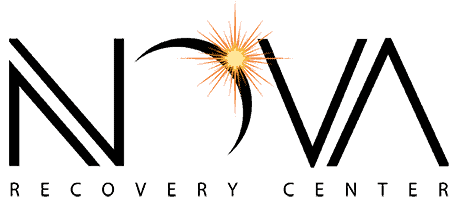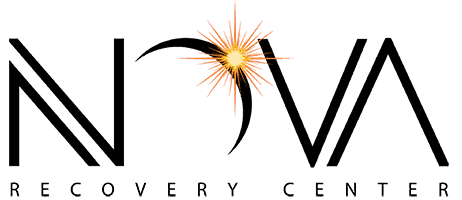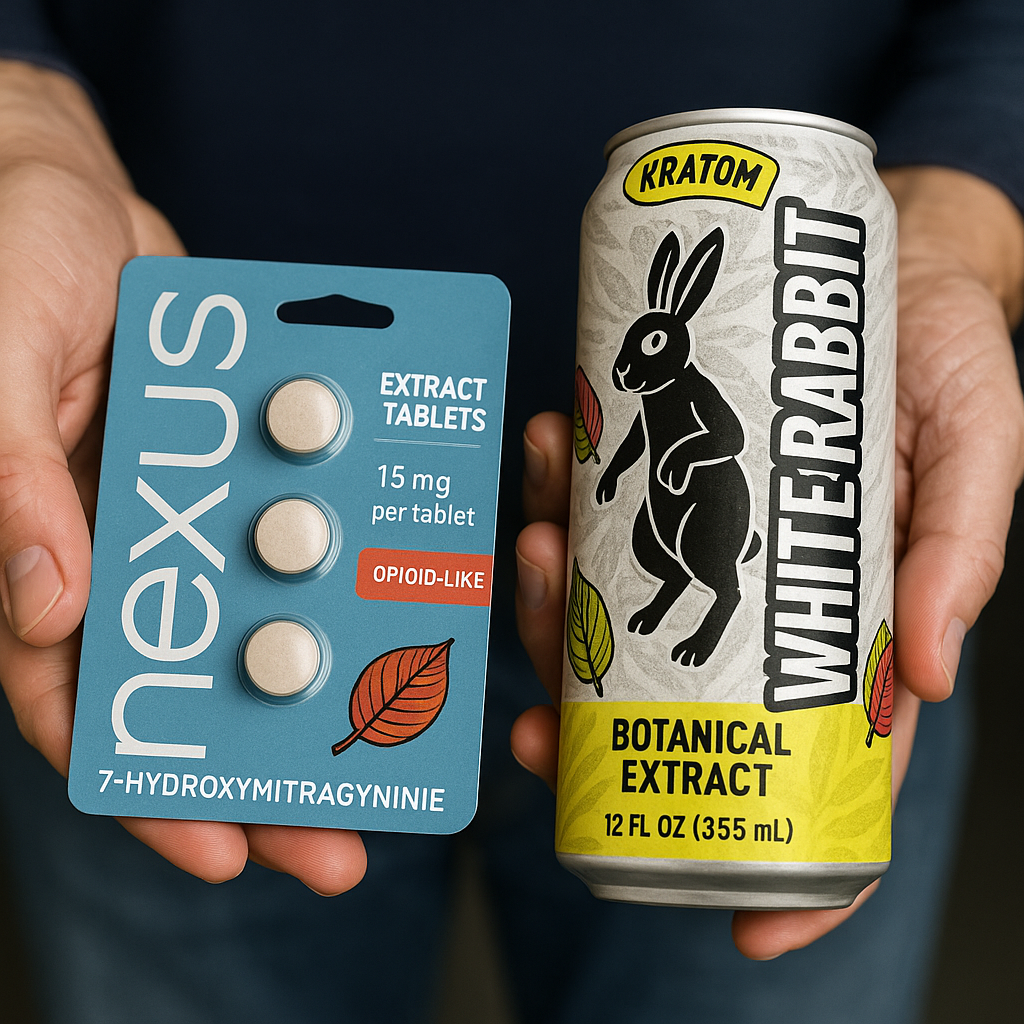Flint Officials Warn ‘Gas Station Opioid’ Fuels New Addicts
At a Glance
- What’s happening: Flint health officials report rising use of a “gas station opioid” — 7-hydroxymitragynine (7-OH) — sold as tablets, gummies, and shots in smoke shops and gas stations.
- Why it’s risky: 7-OH is a potent opioid-like compound (stronger than kratom leaf) linked to sedation, slowed breathing, overdose, tolerance, and withdrawal.
- Overdose response: Naloxone (Narcan) can reverse 7-OH overdoses; families should carry naloxone and call 911 for suspected overdose.
- Regulatory moves: In July 2025, the FDA issued warning letters and recommended scheduling 7-OH under the Controlled Substances Act; Michigan communities are debating local restrictions.
- Who’s affected: Many first-time opioid users tried it for sleep, anxiety, pain, or “energy,” assuming supplement labels meant it was safe.
- Treatment works: Evidence-based care—buprenorphine or methadone, counseling, and peer support—is recommended; MDHHS, SAMHSA, and Genesee County groups provide free naloxone and referrals.
- How Nova helps: Nova Recovery Center offers medical detox, personalized treatment plans, relapse-prevention tools, and education to address 7-OH dependence and support long-term recovery.
Table of Contents
Health and treatment officials in Flint report a steady rise in people using a substance often called a “gas station opioid.” They say many patients first bought it at smoke shops, corner stores, or gas stations because it was displayed as a legal supplement.
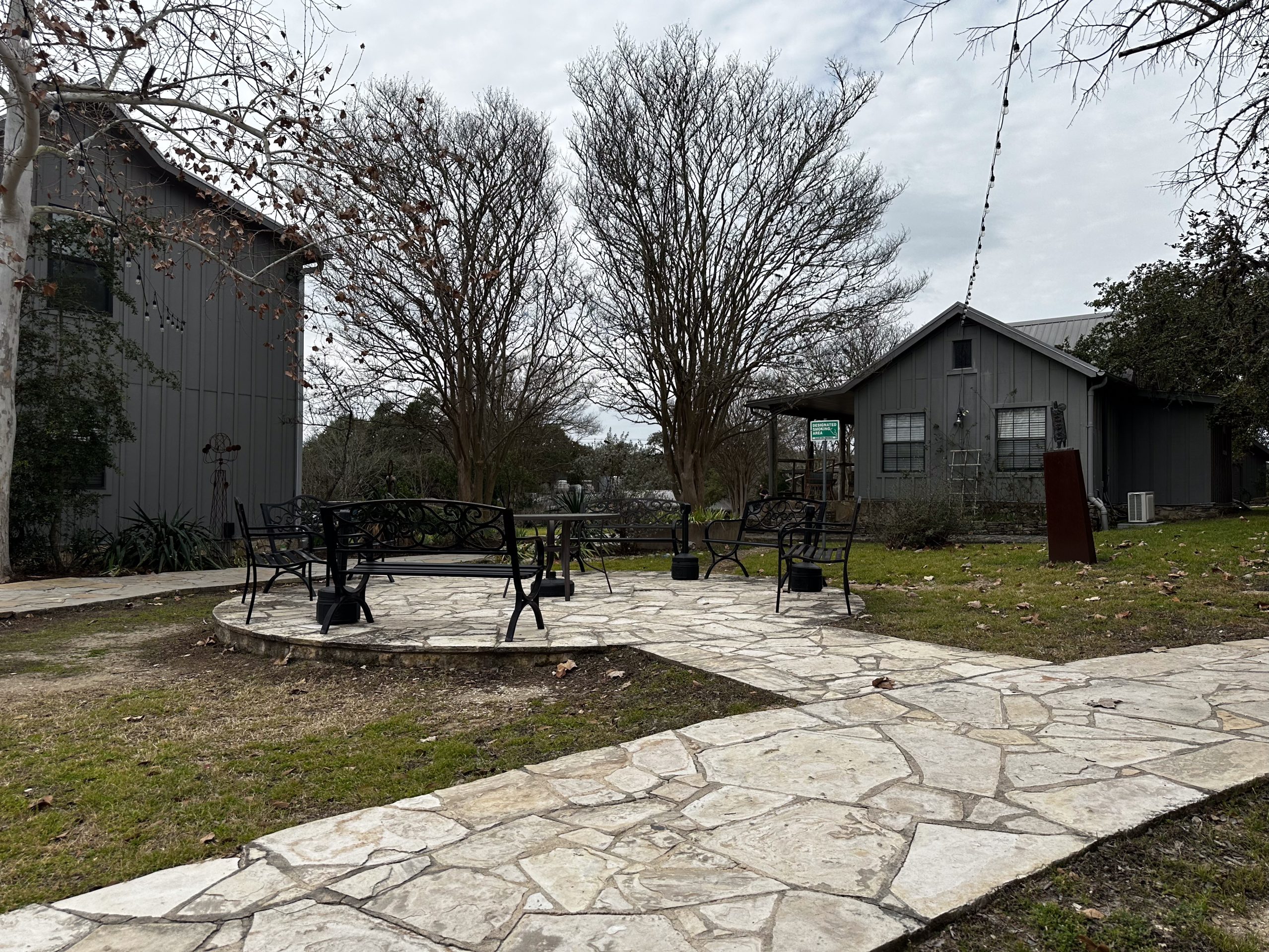

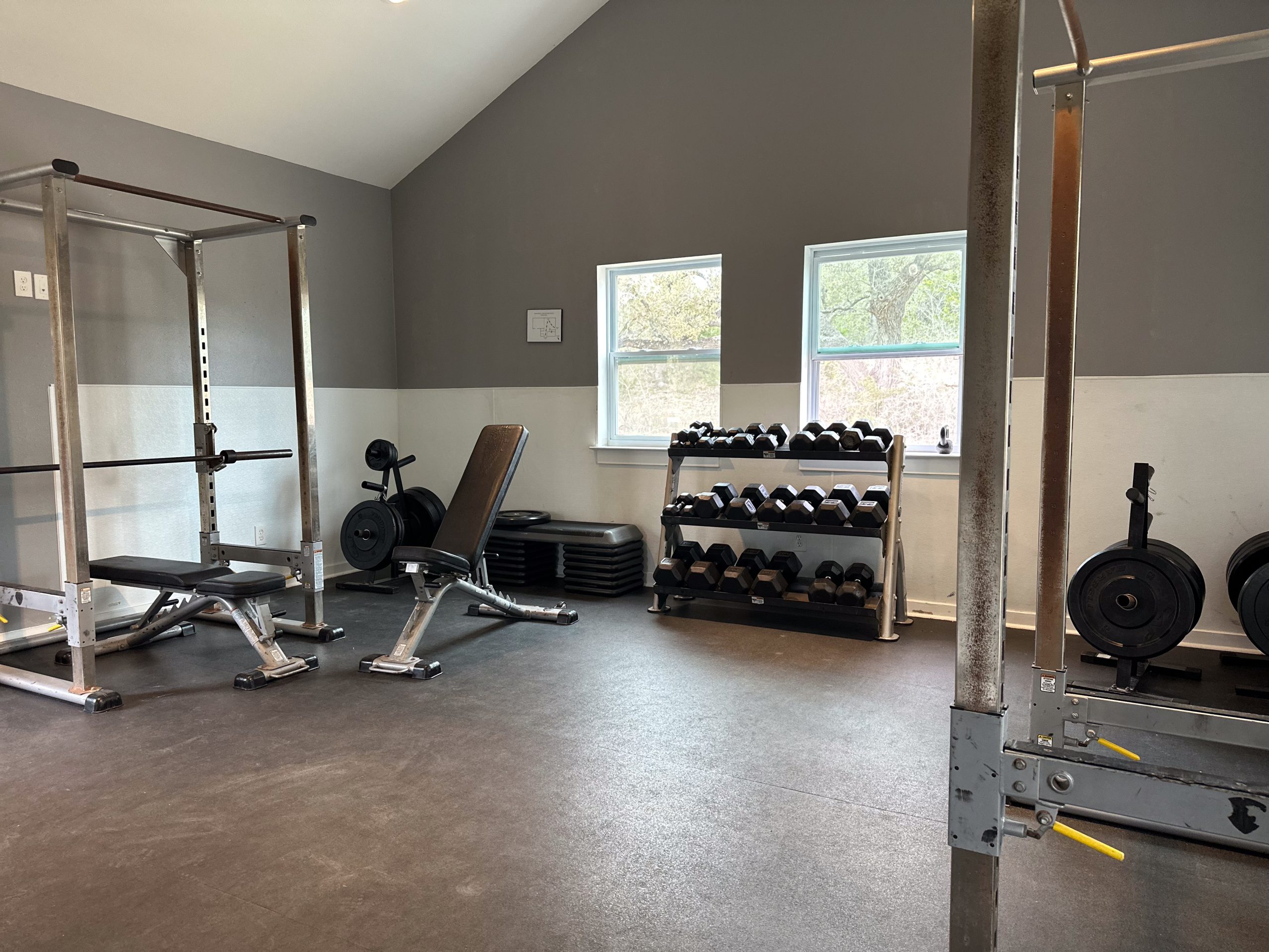


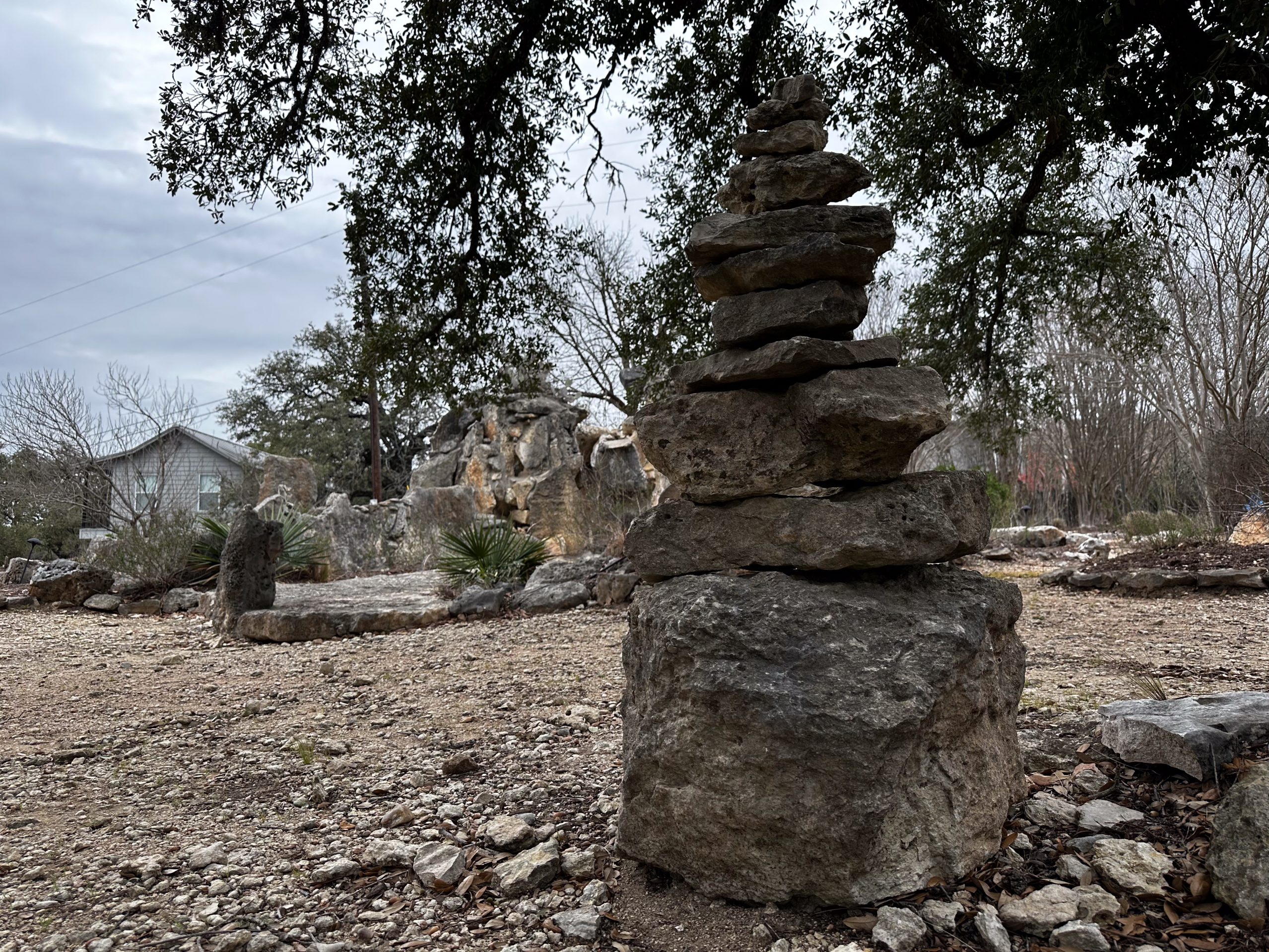
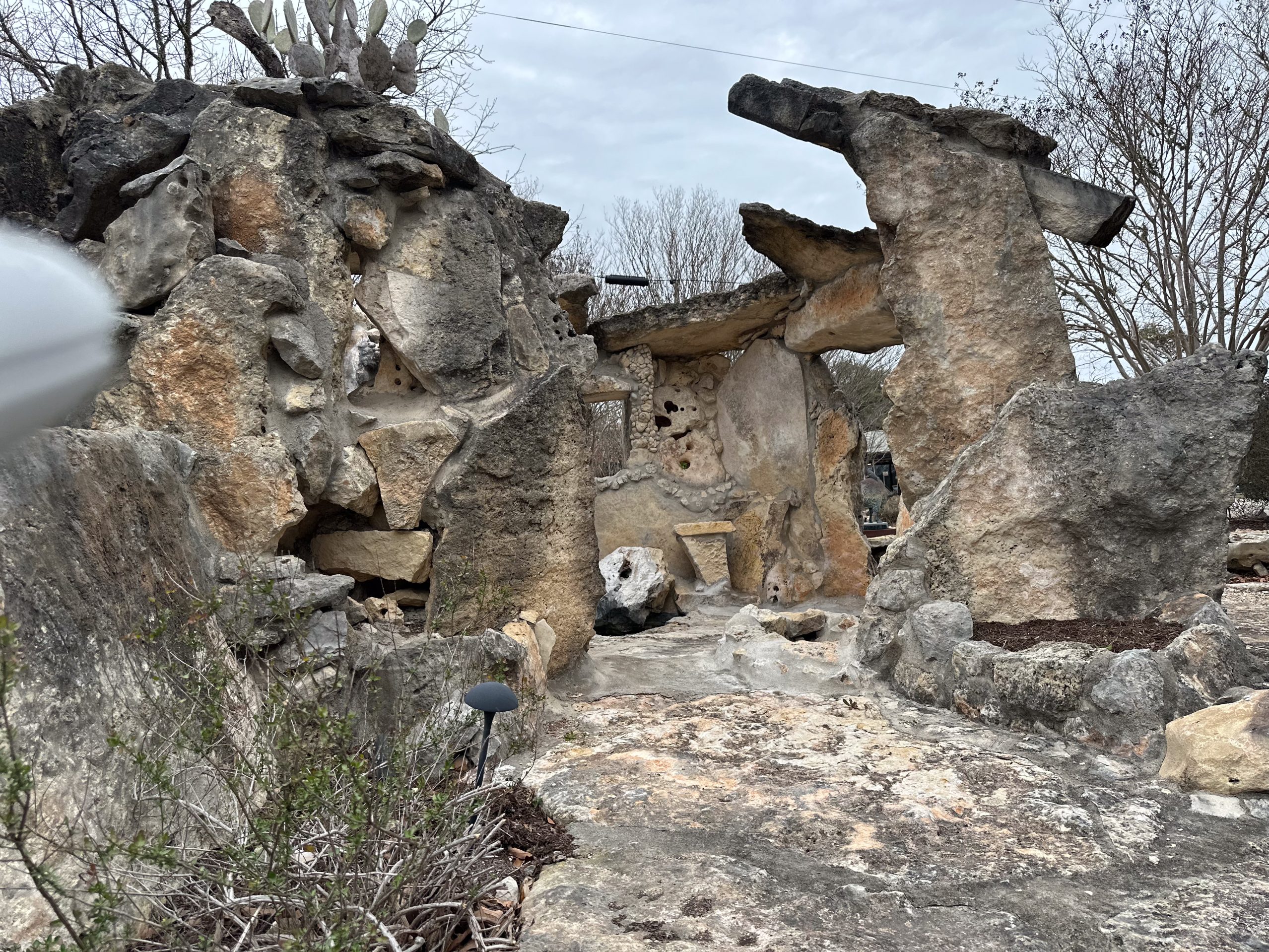
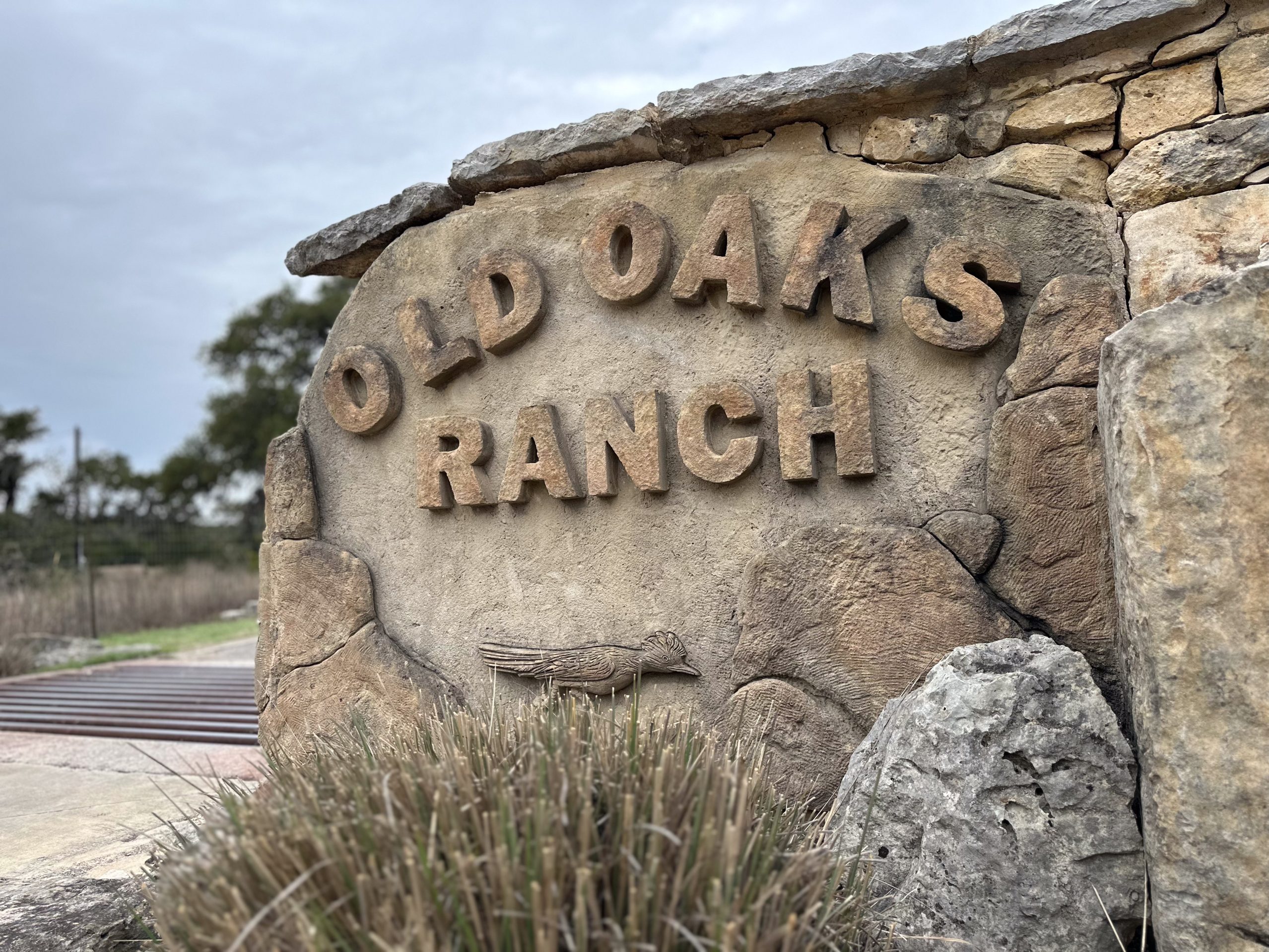
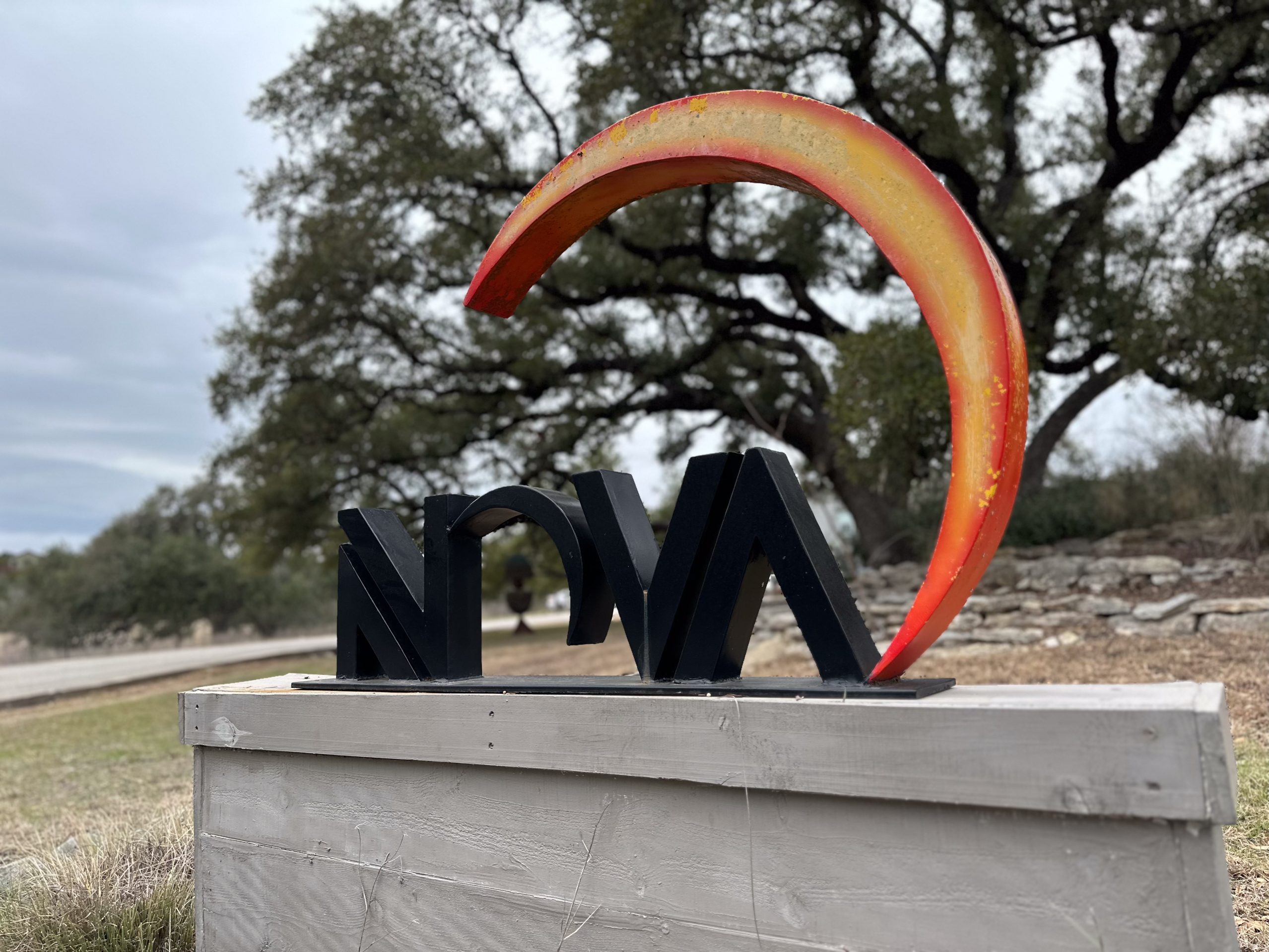
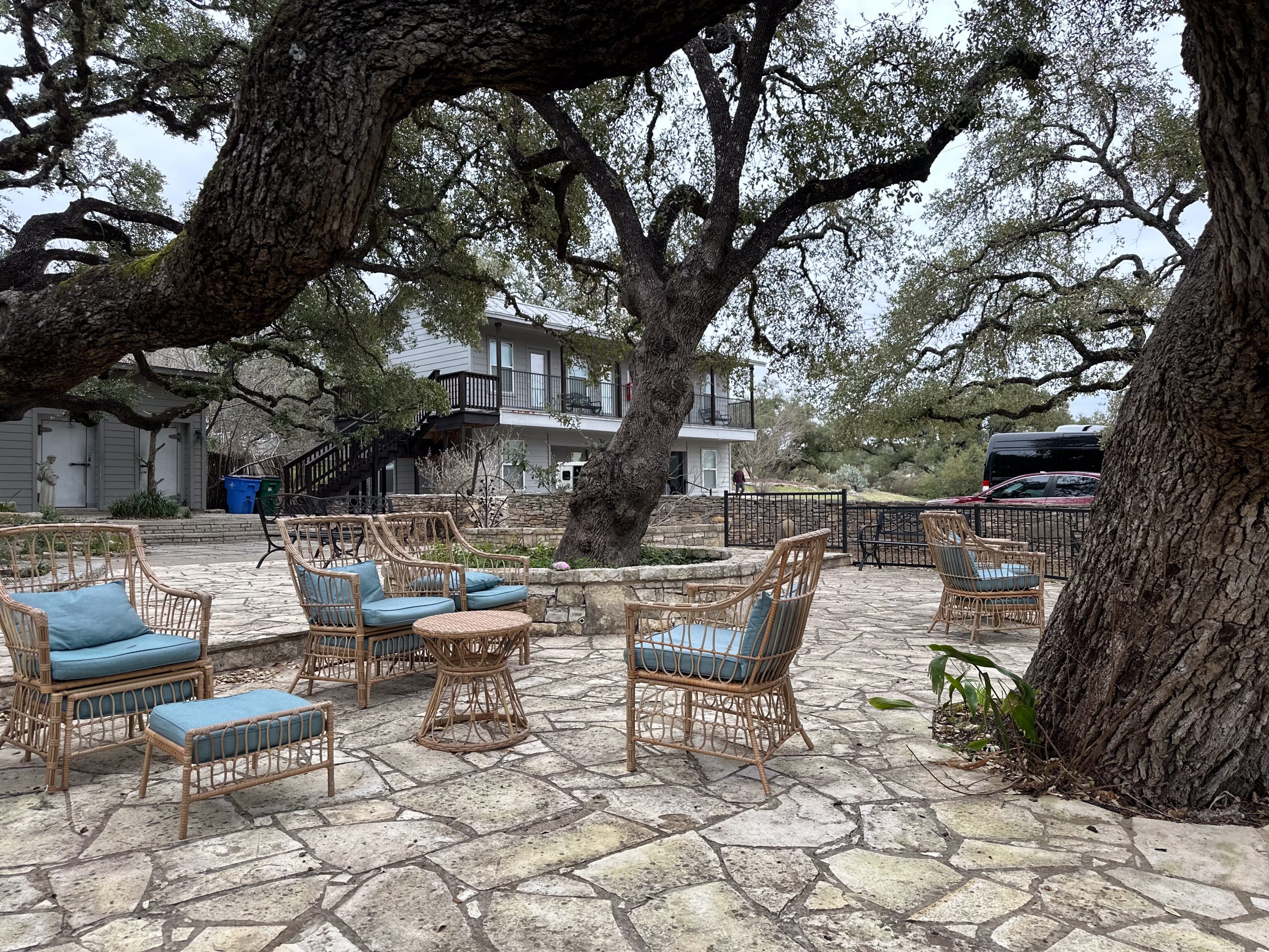
Clinicians describe people arriving in withdrawal, asking for help to stop, or needing naloxone after an overdose. They add that the pattern can look different from recent fentanyl cases because many patients thought they were taking a legal product rather than an illicit opioid.
Local coverage across Michigan mirrors these warnings and notes that naloxone can reverse overdoses tied to the product.
What 7‑OH is and how it differs from kratom
Officials say the product drawing the most concern is 7‑hydroxymitragynine—commonly shortened to 7‑OH. It is a potent opioid‑like compound related to kratom, but it is much stronger than the alkaloids found in unprocessed kratom leaf. Companies sell 7‑OH in tablets, gummies, drink mixes, shots, and canned drinks, often alongside labels that emphasize “kratom” or “botanical extract.”
Regulators emphasize that no 7‑OH product is approved for any medical use. In July 2025, the FDA recommended that the DEA place certain 7‑OH products under federal control because of their abuse potential and the growing number of adverse events.
Health risks and signs of use
Medical toxicologists and poison centers link 7‑OH to sedation, slowed breathing, and overdose at high doses. People who take it regularly can develop tolerance and dependence, then experience withdrawal when they try to stop.
Emergency clinicians report that naloxone (Narcan) can reverse overdoses involving 7‑OH, which is consistent with how opioids act on the brain. Families and providers also describe anxiety, nausea, muscle aches, and insomnia during withdrawal. These risks are the reason federal and state agencies are issuing frequent public advisories.
Freedom Starts Here. Take Back Your Life Today.
Same-Day Admissions in Austin Available.
Response from regulators and lawmakers
Regulators have begun to act. In mid‑July 2025 the FDA issued warning letters to firms marketing 7‑OH products, citing unlawful claims and safety concerns. Soon after, the agency recommended scheduling 7‑OH under the Controlled Substances Act, a step that would restrict manufacturing and sales.
Local governments in Michigan have debated retail limits and other rules, while state legislators have discussed measures aimed at kratom‑related products and derivatives. News outlets in Metro Detroit report active proposals to regulate or restrict 7‑OH at the community level.
What’s driving local concern
Providers in the Flint area say many people who had never used opioids before tried these products for sleep, anxiety, pain, or “energy.” Because they are sold as supplements, some buyers assume they are safer than illegal opioids. Officials also warn that concentrated, lab‑made 7‑OH is not the same as kratom leaf, and that labels can blur this difference. Public health experts caution that self‑treating with these products can lead to dependence, more severe withdrawal, and—in some cases—a transition to other opioids, complicating recovery.
Treatment and harm‑reduction steps
Clinicians recommend the same evidence‑based care used for other opioid use disorders: medications such as buprenorphine or methadone, counseling, and peer support. Families are urged to keep naloxone on hand and to call 911 for any suspected overdose. In Genesee County, community groups host free naloxone trainings, and Michigan’s health department provides no‑cost naloxone and referral pathways to treatment. Residents can find state‑funded services through MDHHS and national resources through SAMHSA.
What to watch next
A federal scheduling decision could determine how 7‑OH products are made, labeled, and sold across the United States. Until then, Flint health and treatment officials say they will keep tracking overdoses, hospital visits, and retail availability, and will continue outreach with schools and neighborhood groups. They stress that early awareness helps prevent harm and that help is available for anyone seeking recovery.
How Nova Recovery Center Helps Individuals Overcome Gas Station Opioid Addiction
Nova Recovery Center provides comprehensive support for individuals struggling with gas station opioid addiction and abuse. These substances, often marketed as legal supplements, can quickly lead to dependence, withdrawal, and serious health risks. At Nova, clients receive a personalized treatment plan that combines medical detox, evidence-based therapies, and long-term recovery support.
The center’s experienced staff understands the unique challenges of emerging substances like 7-hydroxymitragynine and works to address both the physical and psychological aspects of addiction. With a structured environment, peer accountability, and access to relapse prevention tools, clients can begin building a stable foundation for recovery.
Nova also emphasizes education, helping individuals and families understand the risks of so-called “safe” alternatives sold in gas stations or smoke shops. Through holistic care, including counseling, wellness practices, and community support, Nova equips clients with strategies to manage cravings and rebuild their lives. By addressing underlying issues and creating a continuum of care, Nova Recovery Center offers a path to lasting sobriety for those impacted by this new wave of opioid-like substances.
Frequently Asked Questions: Gas Station Opioids (7‑OH, Kratom, Tianeptine) in Michigan
What does “gas station opioid” mean, and which products are included?
A: The phrase refers to unapproved products sold in gas stations and smoke shops that have opioid‑like effects. Two common examples are tianeptine (often marketed as an “energy” or “focus” product) and concentrated 7‑hydroxymitragynine (7‑OH), a potent kratom‑related compound. Both have raised safety concerns among health officials.
Is 7‑hydroxymitragynine (7‑OH) the same as kratom?
No. 7‑OH is a kratom‑related alkaloid found naturally only in trace amounts; concentrated 7‑OH products are much more potent than typical kratom leaf, with stronger activity at μ‑opioid receptors.
Is 7‑OH legal to buy in the United States?
7‑OH is not an approved drug, food additive, or dietary supplement ingredient. In 2025 the FDA issued warning letters and recommended scheduling 7‑OH under the Controlled Substances Act; federal and state actions are evolving.
Is kratom legal in Michigan right now?
As of mid‑2025, kratom remained legal in Michigan, while lawmakers pursued measures to regulate it in response to safety concerns and incidents linked to derivative products. Always check current statutes, which can change.
Why are health officials warning about 7‑OH and “gas station” products?
Officials cite addiction, withdrawal, and overdose risks—especially with concentrated 7‑OH products marketed as “botanicals”—and a rise in adverse events from tianeptine sold as “energy” or “cognitive” supplements.
Can naloxone (Narcan) reverse an overdose from 7‑OH or tianeptine?
Evidence from clinical reports and public‑health guidance indicates naloxone can reverse opioid‑like respiratory depression from kratom‑related exposures and tianeptine; several agencies now advise administering naloxone in suspected 7‑OH cases as well. Call 911 immediately after giving naloxone.
What health risks are associated with 7‑OH and tianeptine?
Reported risks include sedation, respiratory depression, seizures, and overdose, especially at high doses or when combined with alcohol or other sedatives.
What withdrawal symptoms can occur with kratom or 7‑OH?
Withdrawal may involve anxiety, nausea, muscle aches, insomnia, agitation, and other symptoms. Severity varies with dose and duration of use.
How potent is 7‑OH compared with kratom’s main alkaloid (mitragynine)?
Laboratory and animal studies show 7‑OH is significantly more potent at μ‑opioid receptors than mitragynine, helping explain stronger effects and higher risk at equal amounts.
Are these products sold as dietary supplements or medicines?
The FDA states 7‑OH is not lawful as a dietary supplement or food additive and has not been approved as a medication. Tianeptine is not FDA‑approved in the U.S., despite being marketed in some stores.
What actions has the FDA taken on 7‑OH and tianeptine?
In 2025 the FDA warned firms marketing 7‑OH products and recommended scheduling 7‑OH; the agency has also issued multiple consumer warnings about tianeptine products sold as supplements.
Are Michigan lawmakers regulating kratom or related products?
Yes. Bills have been introduced to regulate kratom amid concerns tied to derivative products like 7‑OH; coverage continues in state media.
What should I do if someone shows overdose signs after using these products?
Call 911 immediately. If available, administer naloxone and monitor breathing until help arrives; multiple doses may be needed. Public‑health advisories recommend naloxone in suspected 7‑OH or tianeptine events.
Other Drug and Alcohol Rehab Locations
Medical Disclaimer
The content on this page is provided for informational and educational purposes only and should not be considered a substitute for professional medical advice, diagnosis, or treatment. Products such as kratom and its derivatives, including 7-hydroxymitragynine (7-OH), may pose serious health risks and should never be used without guidance from a licensed healthcare professional. Do not start, stop, or change your use of any substance or supplement without consulting your doctor. If you experience severe side effects, withdrawal symptoms, or thoughts of self-harm, call 911 in the United States or seek emergency medical assistance immediately. For confidential support with mental health concerns, you can dial 988 to reach the Suicide & Crisis Lifeline, which is available 24 hours a day.
Nova Recovery Center Editorial Guidelines
By instituting a policy, we create a standardized approach to how we create, verify, and distribute all content and resources we produce. An editorial policy helps us ensure that any material our writing and clinical team create, both online and in print, meets or exceeds our standards of integrity and accuracy. Our goal is to demonstrate our commitment to education and patient support by creating valuable resources within our realm of expertise, verifying them for accuracy, and providing relevant, respectful, and insightful data to our clients and families.
- U.S. Food and Drug Administration. (2025, July 15). FDA issues warning letters to firms marketing products containing 7‑hydroxymitragynine. U.S. Food and Drug Administration. Retrieved October 2, 2025, from
https://www.fda.gov/news-events/press-announcements/fda-issues-warning-letters-firms-marketing-products-containing-7-hydroxymitragynine. - Reuters. (2025, July 29). FDA recommends 7‑OH compound found in vapes be controlled. Reuters. Retrieved October 2, 2025, from
https://www.reuters.com/business/healthcare-pharmaceuticals/fda-recommends-7-oh-compound-found-vapes-be-controlled-2025-07-29/. - U.S. Food and Drug Administration. (2025, May 9). Tianeptine products linked to serious harm, overdoses, death. U.S. Food and Drug Administration. Retrieved October 2, 2025, from
https://www.fda.gov/consumers/consumer-updates/tianeptine-products-linked-serious-harm-overdoses-death. - Counts, C. J., Spadaro, A. V., Cerbini, T. A., Krotulski, A. J., Greller, H. A., Nelson, L. S., Ruck, B. E., & Calello, D. P. (2024). Notes from the field: Cluster of severe illness from Neptune’s Fix tianeptine linked to synthetic cannabinoids—New Jersey, June–November 2023. MMWR Morbidity and Mortality Weekly Report, 73(4), 89–90. Retrieved October 2, 2025, from
https://www.cdc.gov/mmwr/volumes/73/wr/mm7304a5.htm. - Kruegel, A. C., Uprety, R., Grinnell, S. G., Langreck, C., Pekarskaya, E. A., Le Rouzic, V., Ansonoff, M., Gassaway, M. M., Pintar, J. E., Pasternak, G. W., Javitch, J. A., Majumdar, S., & Sames, D. (2019). 7‑Hydroxymitragynine is an active metabolite of mitragynine and a key mediator of its analgesic effects. ACS Central Science, 5(6), 992–1001. https://doi.org/10.1021/acscentsci.9b00141. Retrieved October 2, 2025, from
https://pmc.ncbi.nlm.nih.gov/articles/PMC6598159/. - Michigan Department of Health and Human Services. (n.d.). Naloxone. MDHHS Opioid Resources. Retrieved October 2, 2025, from
https://www.michigan.gov/opioids/find-help/naloxone-page. - Substance Abuse and Mental Health Services Administration. (2025, September 26). 988 Suicide & Crisis Lifeline. U.S. Department of Health and Human Services, SAMHSA. Retrieved October 2, 2025, from
https://www.samhsa.gov/mental-health/988.
